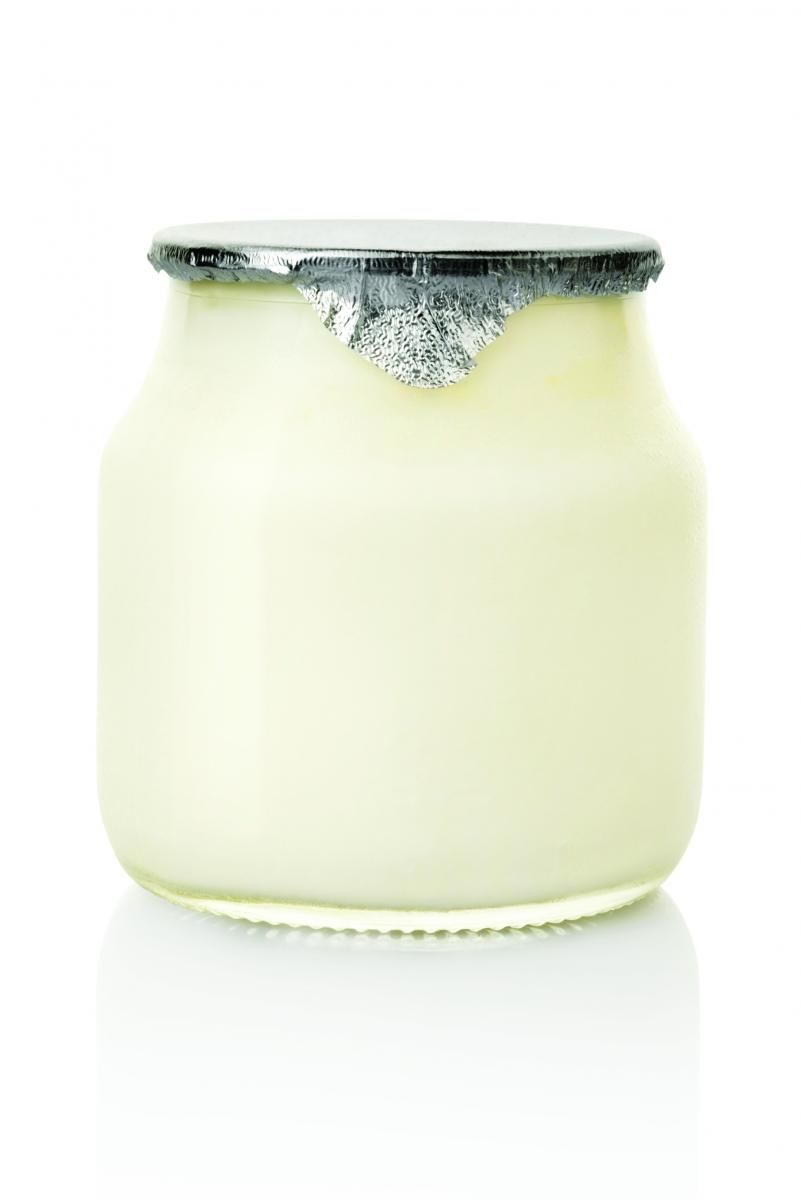Ingredients for Allergies: Probiotics and Fish Oils
Allergy studies aren’t shying away from probiotics and fish oils. Is there a case to be made for either?

Probiotics and fish oils are easily some of the more successful moneymakers in the dietary supplement and functional food sectors. While often marketed for general health, they’ve managed to squeeze their way into smaller markets, too-like probiotics for digestive health and omega-3s for pet coat and skin health.
Despite a global lack of allergy claims on probiotic and fish oil products internationally, there’s no denying that today’s allergy and immunology journals are overflowing with trials, meta-analyses, and reviews on these ingredients. Why? A look at the cumulative research hints at potential use for both nutrients in allergy relief.
Probiotics
Before birth, the gastrointestinal tract is sterile. After birth, this place gets wild with bacteria, and the emerging composition of bacteria will ultimately influence a baby’s health factors through infancy and likely into adolescence and adulthood.
This kind of logic is the basis for modern studies on probiotics and allergies that often present themselves during early stages of human life. Eczema, rhinitis, and asthma are allergic conditions that can develop quite early, but if a pregnant/nursing mother or an infant consumes probiotics, this may sway the infant’s health in a hypoallergenic direction. That’s what probiotic makers are hoping for, anyway.
So far, the global consensus is actually a bit gloomy. In 2012, the World Allergy Organization (WAO) released its own position paper, perhaps the most exhaustive review of probiotics and allergies on the whole.1 It was disconcerting or helpful, depending on how you look at it. The WAO’s Special Committee on Food Allergy and Nutrition reviewed existing evidence for probiotics and allergy reduction based on 173 scientific citations only to find that “Despite the plethora of literature, probiotic research is still in its infancy” and, for now, “Probiotics do not have an established role in the prevention or treatment of allergy."
The WAO credits its decision to too much heterogeneity in the available science. In other words, studies so far have focused on too many different strains of bacteria, too many methods for analyzing allergies, and supplementation periods beginning and ending at different stages during pregnancy and infancy. With negative conclusions from the WAO (and numerous other published meta-analyses and reviews), a lot of probiotic suppliers are understandably hesitant to speak on probiotics and allergies. Most of them are putting a lot of chips on broader digestive health claims, anyway.
But let’s not throw the baby out with the bathwater. For the few suppliers really pushing the allergy discussion, there could be a light at the end of the tunnel, so long as their work is done right. Fonterra (Mount Waverley, Australia) has a vested interest in allergy research on friendly bacteria, and it’s trying to keep with this WAO sentiment towards homogeneity. After screening more than 2000 strains of potentially friendly bacteria, the company settled on (and patented) two-Lactobacillus rhamnosus HN001 and Bifidobacterium lactis HN019. Fonterra then compared the efficacy of both strains side by side in a single study on eczema.2 In this study, 446 women consumed Fonterra’s L. rhamnosus, B. lactis, or placebo from 35 weeks pregnant until 6 months of breastfeeding. Upon birth, their infants consumed the same ingredients until two years of age.
Results indicated that, compared to placebo, B. lactis offered no apparent eczema benefit. But L. rhamnosus cut eczema development nearly in half. A follow-up study on 425 of those infants found that at four years of age-even after all infants were pulled off of interventions-those from the L. rhamnosus group still had lower eczema occurrence.3 It can be inferred from this conclusion that the probiotic may modify the immune system early in such a way that delivers long-term benefits. That’s important for eczema, considering around half of child cases worldwide are diagnosed before one year of age.
Fonterra probiotics scientist James Dekker, PhD, says his company will continue to explore other avenues for building a case for anti-eczema effects with L rhamnosus HN001.
“The WAO is quite right in its conclusions that probiotics do not have an established role in allergy, but I think it is also true that, at least for some probiotics, there is a very real potential of benefit for at least some forms of allergy,” he says. “Where probiotics have been successful in clinical trials, the extent of the benefit, their lack of side effects, low cost, potential additional health benefits, and general safety profile must at the very least make them compelling subjects for further focused research.”
Danisco (Copenhagen) markets Fonterra’s probiotic locally as HOWARU Rhamnosus.
Fish Oil
Like probiotics, fish oil may fight off allergies in a very logical way.
An allergy is essentially inflammation. Its symptoms, such as itching (eczema) or swelling of the airways (asthma), are cases of inflammation. But when humans consume fish oil, the body’s lipids are tipped in favor of omega-3 fatty acids and not omega-6 fatty acids. Omega-6s, after all, can enter the body with unwelcomed visitors.
Both omega-3s and omega-6s produce compounds called eicosanoids, but Harry Rice, vice president of regulatory and scientific affairs for the Global Organization for EPA and DHA Omega-3 (GOED; Salt Lake City) says that the omega-6 eicosanoids are more pro-inflammatory. Omega-3 eicosanoids, on the other hand, may offer little to no biological reaction in the body.
“It stands to reason that there would be a benefit to ingesting omega-3s over omega-6s,” says Rice. “If you decrease omega-6 intake, eicosanoid production should slow down and decrease, which in turn will temper the inflammatory process and thus the potential for allergic reactions.”
Fish oil can offer all the health-promoting eicosanoids it wants, but, again, many allergies develop in early infancy. To assess whether pregnant mothers can transfer eicosanoids through to their fetuses, DSM Nutritionals (Parsippany, NJ) conducted its own study on 83 pregnant women consuming a daily fish oil capsule or placebo from 20 weeks into pregnancy up until birth of the child.4 Fish oil inhibited the production of two select eicosanoids (leukotriene B4 and prostaglandin E2) deemed to promote allergies, and researchers observed a “trend” towards lower levels of other inflammatory markers. Significantly higher omega-3 levels were also obtained in the fetuses of women consuming fish oil.
Beyond eicosanoids, other compounds in omega-3 fatty acids may engage the immune system in a positive way. A number of studies, including the DSM study, credit fish oil to lowering levels of various cytokines, cell-signaling substances that can induce inflammation.
With the glimmer of hope in fish oil, GOED’s Harry Rice and many other fish oil experts admit that existing studies on fish oil and allergies have produced mixed results, with often-heterogeneous platforms. As with probiotics, a more consistent protocol is needed for fish oil studies.
References
1. A Fiocchi et al., “Clinical use of probiotics in pediatric allergy (CUPPA): a World Allergy Organization position paper,” The World Allergy Organization Journal, vol. 5, no. 11 (November 2012): 148–167.
2. K Wickens et al., “A differential effect of 2 probiotics in the prevention of eczema and atopy: a double-blind, randomized, placebo-controlled trial,” The Journal of Allergy and Clinical Immunology, vol. 122, no. 4 (October 2008): 788–94.
3. K Wickens et al., “A protective effect of Lactobacillus rhamnosus HN001 against eczema in the first 2 years of life persists to age 4 years,” Clinical & Experimental Allergy, vol. 42, no. 7 (July 2012): 1071–1079.
4. JA Dunstan et al., “Fish oil supplementation in pregnancy modifies neonatal allergen-specific immune responses and clinical outcomes in infants at high risk of atopy: a randomized, controlled trial,” The Journal of Allergy and Clinical Immunology, vol. 112, no. 6 (December 2003): 1178–1184.




